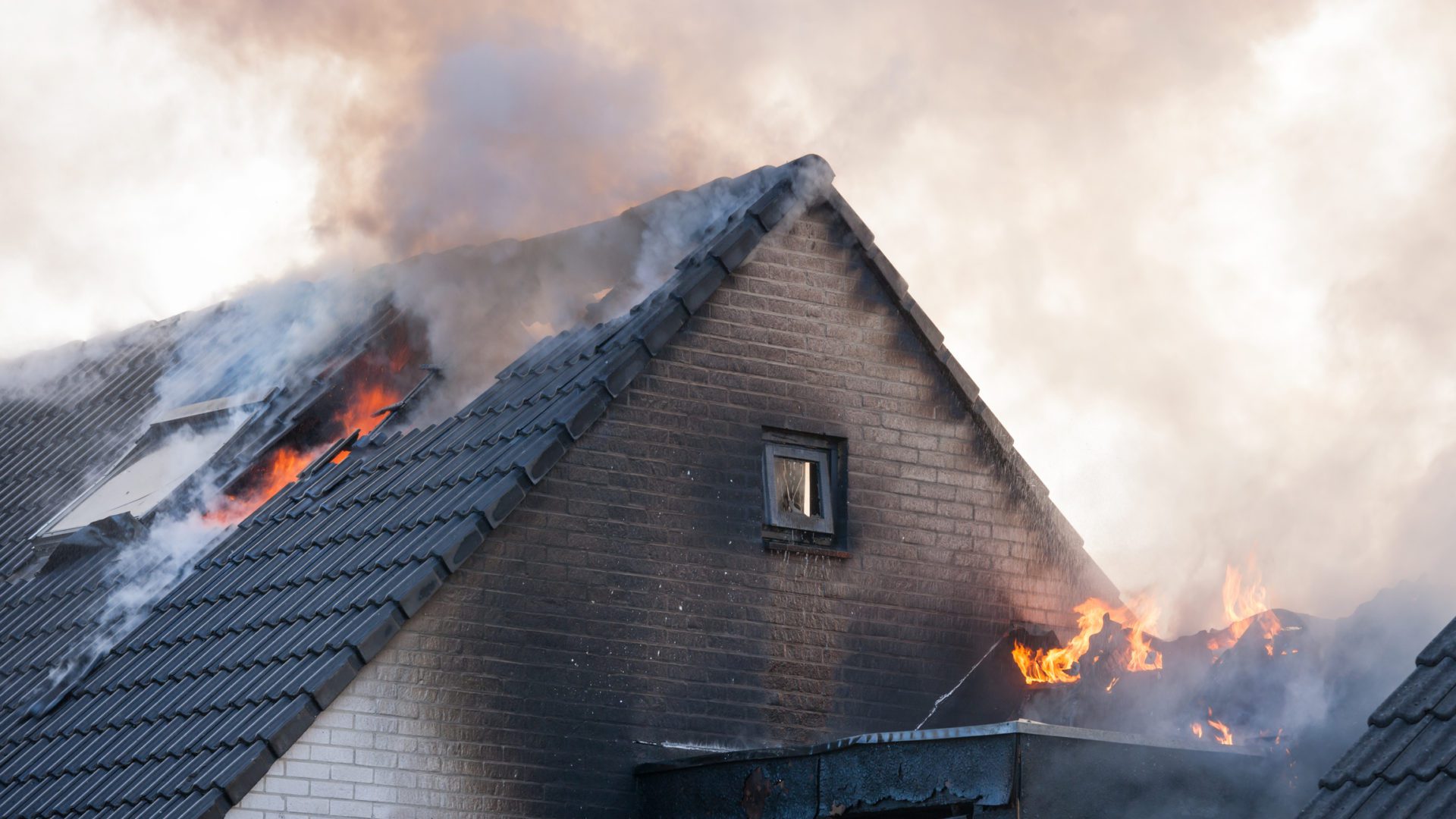How to Create a Home Fire Safety Plan

According to the National Fire Protection Association (NFPA), between 2014-2018 more than three-quarters (77%) of all civilian fire deaths were caused by
fires started in the home. While there are certain precautions you can take to
prevent home fires from starting in the first place, it is important that you also have a fire escape plan in place for emergencies. The NFPA says that the number one cause of home fires is cooking accidents. To reduce the risk of fires in the home, make sure you never leave the room while cooking with a heat source. If you absolutely must leave the room, ask a family member or roommate to watch over your food for you until you get back. Alternatively, turn off the heat source completely prior to exiting the kitchen. Additionally, make sure all cooking surfaces are clean and free of flammable materials such as dish cloths and paper towels. Inspect all heat sources to make sure they are working properly and regularly clean out your air filters. Another good practice is to test your smoke alarms regularly. Most smoke alarms have a little button that you press to test it. If your alarm beeps weakly, that means the batteries are low. Replace them immediately. The American Red Cross estimates that you may have as little as two minutes to escape your home during a fire. A functional smoke alarm could buy you and your family valuable time to evacuate. In the event of a fire, it is important that everyone in your household knows how to exit quickly and safely. Sit down with your family and develop a fire escape plan that you practice as least twice a year. If you have very young children, consider practicing the plan once a month.
Fire escape planning tips:
- Walk through your home and make a note of all possible exits and escape routes.
- Draw a floor plan of the home, marking at least two ways out of each room, whenever possible. Hang the floorplan somewhere with a lot of foot traffic so it gets viewed regularly.
- Make sure all escape routes are clear. Do not leave anything in the way that could inhibit your escape.
- During a fire, the air might fill with smoke and become unbreathable. When you do your fire drill, everyone should practice staying low and “going under the smoke” on their way out of the home.
- Choose a designated meeting spot where everyone should go after they escape the house. Make sure the spot is located a safe distance away from your house.
- As you’re exiting, close all doors behind you. In the event of a real fire, this can slow the spread of the flames and make it easier for firefighters to put out the blaze.
- Have everyone in the household, including the children, memorize your home address as well as the phone number of the fire department.
- Time yourself to see how long it takes you to escape the house. Every time you practice, aim to beat your best time.